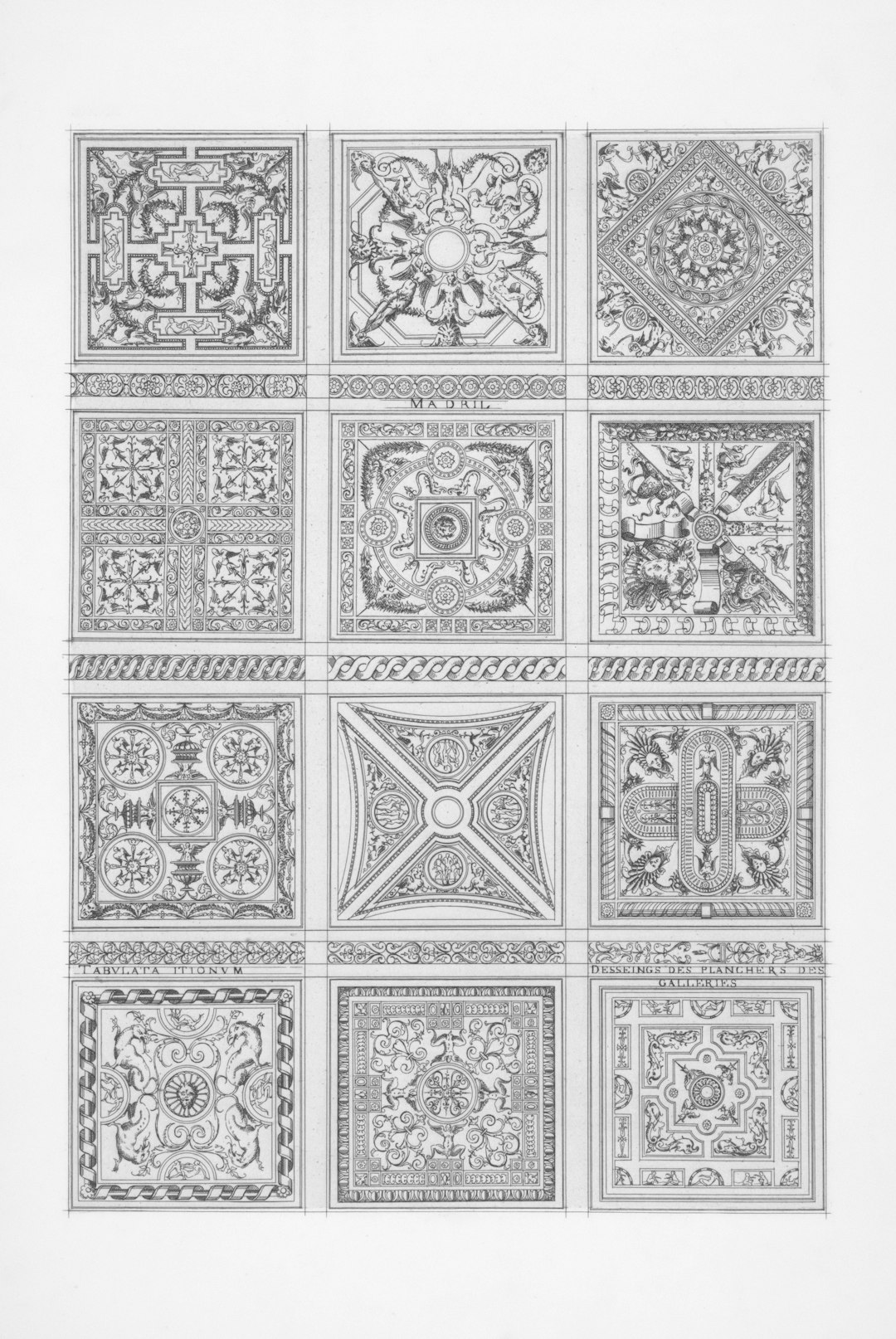How to Choose the Right Materials for Your Design: A Comprehensive Guide.
Posted 17 hours ago
6 minute readtime
Table of Contents
1 - Introduction
Choosing the right materials for your design project is crucial not only for aesthetics but also for functionality, durability, and sustainability. With an overwhelming variety of options ranging from natural wood to high-tech composites, the decision can feel daunting. This guide aims to simplify the process by outlining key considerations and providing insights on how to make informed decisions about materials in architectural design.2 - Understanding Your Project Requirements
Before diving into the vast array of materials available, it’s essential first to understand the specific needs of your project. Each design project carries its own set of requirements—be it a residential space, commercial building, or a cultural institution. Each type of building calls for different materials based on use, environment, and expected foot traffic.Considerations include: - **Functionality:** What is the purpose of the space? - **Longevity:** How long do you expect the materials to last? - **Safety:** Do the materials need to adhere to specific safety regulations? - **Climate:** Is the design subject to extreme weather conditions? These considerations will provide a solid foundation for deciding which materials will best serve the intended use of the space.
3 - Aesthetic Versatility and Compatibility
Your design's aesthetic appeal is significantly influenced by the materials you choose. Different materials evoke distinct emotions and create varied atmospheres. For instance, natural materials like wood and stone can instill warmth and coziness, while metals and glass may embody a modern, sleek aesthetic. Consider the following factors: - **Color and Texture:** Assess how different materials look and feel together. - **Style:** Materials should complement your architectural style—be it minimalist, contemporary, traditional, or industrial. - **Harmony:** Ensure that materials achieve cohesion across different spaces within a project. Evaluating the aesthetic potential aims at creating a visually pleasing end result that resonates with your intended audience.4 - Sustainability Considerations
In today's environmentally conscious design landscape, sustainability has become a priority. Choose materials that reduce environmental impact, support energy efficiency, or are sustainably sourced. Consider the lifecycle impact of materials, including their entire journey from production to disposal. - **Recycled Materials:** Using reclaimed materials can reduce waste. - **Energy Efficiency:** Insulation and glazing materials can dynamically affect energy consumption. - **Renewable Resources:** Wood certified by sustainable forestry practices offers an environmentally friendly option. Integrating sustainable practices elevates the value of your project and aligns with current consumer expectations.5 - Cost versus Value: Striking the Right Balance
In architectural design, balancing cost and quality is often a challenge. While certain materials might be more affordable, they could incur higher maintenance costs in the long run. - **Initial Cost:** Weigh this against the lifespan and maintenance of the material. - **Luxury Versus Practicality:** Splurging on certain materials can add significant value, but practicality should guide your budget. Make sure the materials selected align with your project’s financial strategy and long-term goals.6 - Testing and Samples: Get Hands-On Experience
Before committing to a material, it’s wise to obtain samples and conduct tests. Having a tangible feel for the texture, weight, and finish can significantly influence your decision. - **Physical Samples:** Compare color differences, textures, and finishes in various lighting. - **Durability Testing:** Understand how materials hold up under different stresses. This practical approach reduces uncertainty and ensures that your final selection meets all design criteria.7 - Working with Professionals: Seek Expertise
The expertise of professionals can be invaluable when selecting materials. Architects and interior designers often have insights about materials that provide performance metrics based on their experience. Don’t hesitate to consult industry experts or network with local suppliers who specialize in various materials. Collaboration with experts can lead to innovative solutions you may not have initially considered.8 - Conclusion
Choosing the right materials for your design is a complex but rewarding process that significantly affects the overall success of your project. Balance between functionality, aesthetics, sustainability, and cost while seeking expert advice and hands-on experience. With careful consideration and informed choices, you can create spaces that not only meet your vision but also endure through time. Remember, each material tells a story—ensure yours tells one worth sharing.





